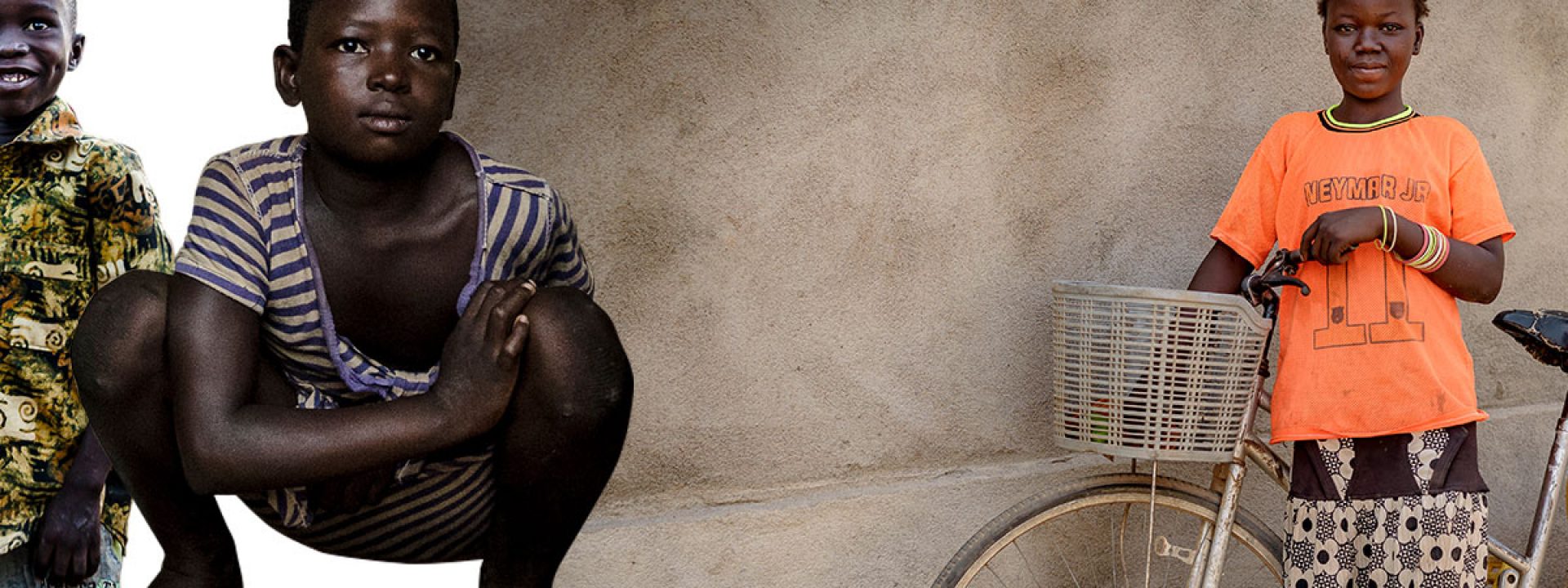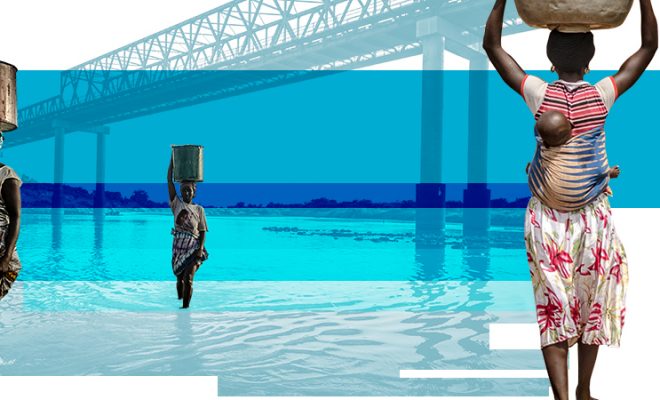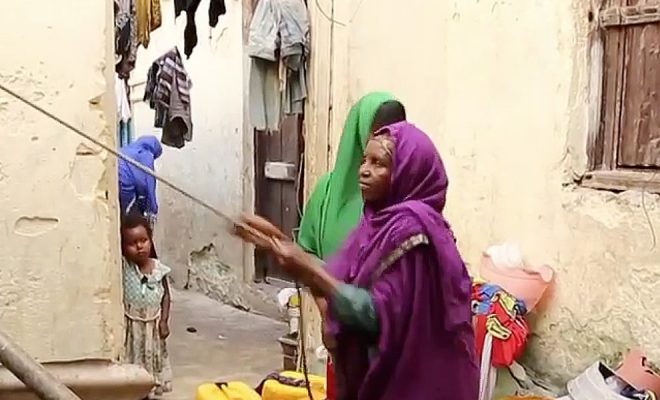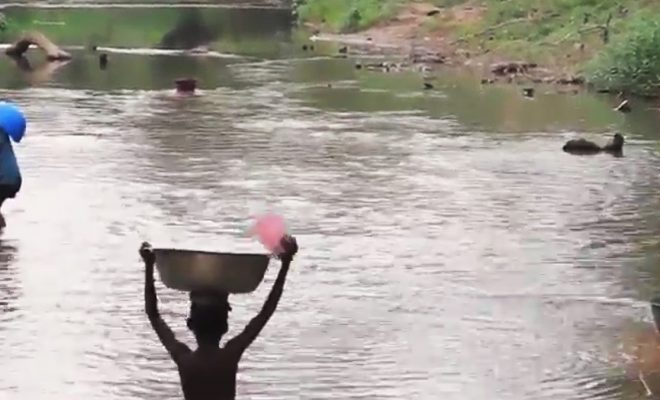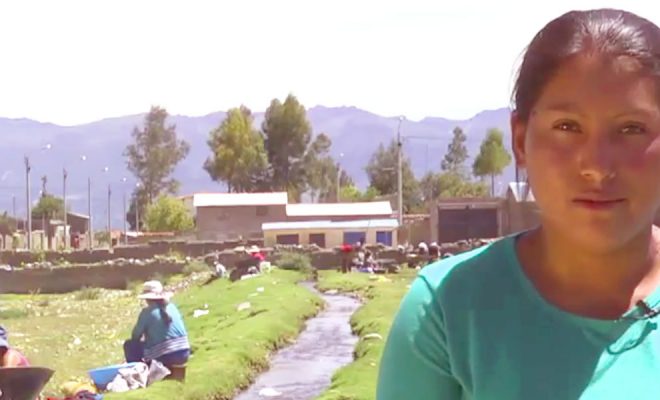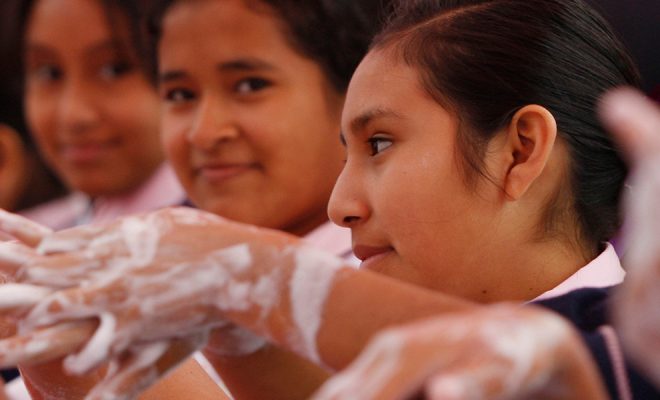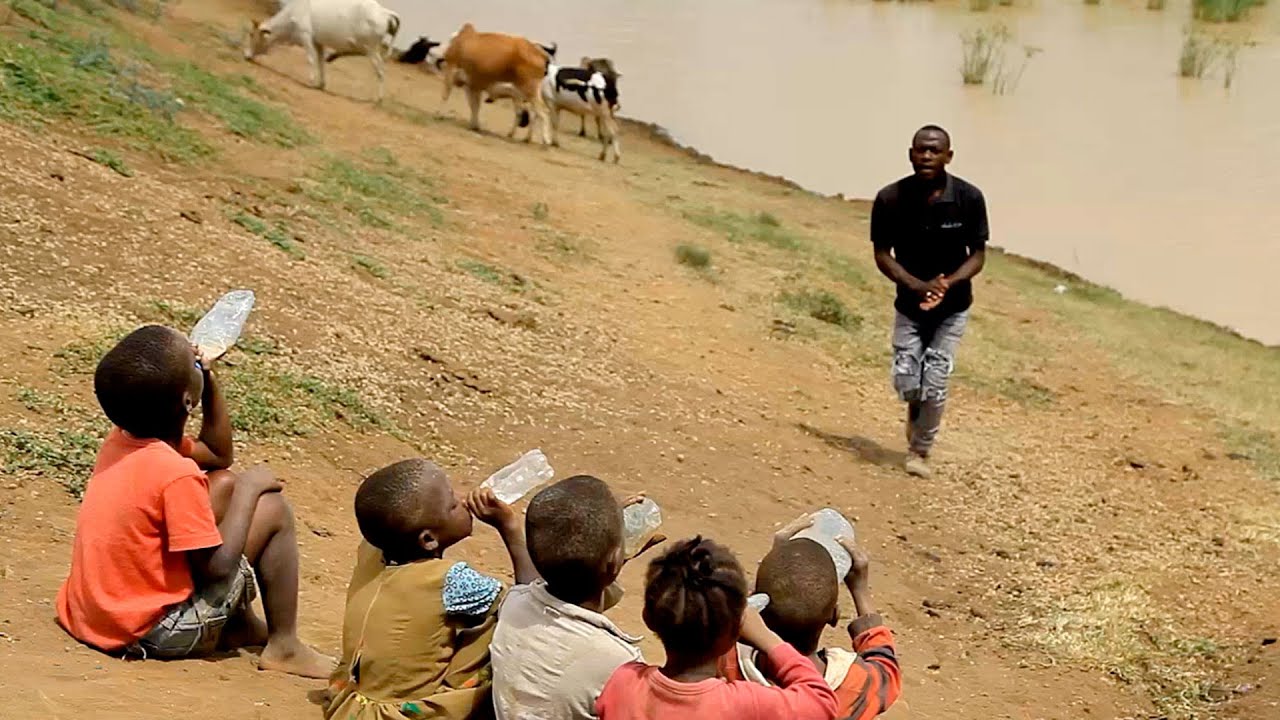
In the six minutes it will take you to read this article, four children under the age of five will have died worldwide from diarrheal diseases caused by unsafe water, poor sanitation, or poor hygiene practices. That’s 345,000 child deaths each year, almost all in resource-poor countries. WHO data place these diseases —generally grouped under the term “diarrhea”— as the third leading cause of death in children under five worldwide, after problems during childbirth and pneumonia.
Childhood diarrhea is one of the worst consequences of non-compliance with SDG 6. As well as destroying children’s lives, it causes enormous pain for families, condemns millions of children to chronic malnutrition, prevents them from attending school, and is a burden on the development of the communities that suffer from it. In resource-poor countries, children experience an average of three episodes of diarrhea per year. Each time, children are exposed to severe dehydration, which, combined with malnutrition and the medical neglect that often accompanies their condition, can lead to death.
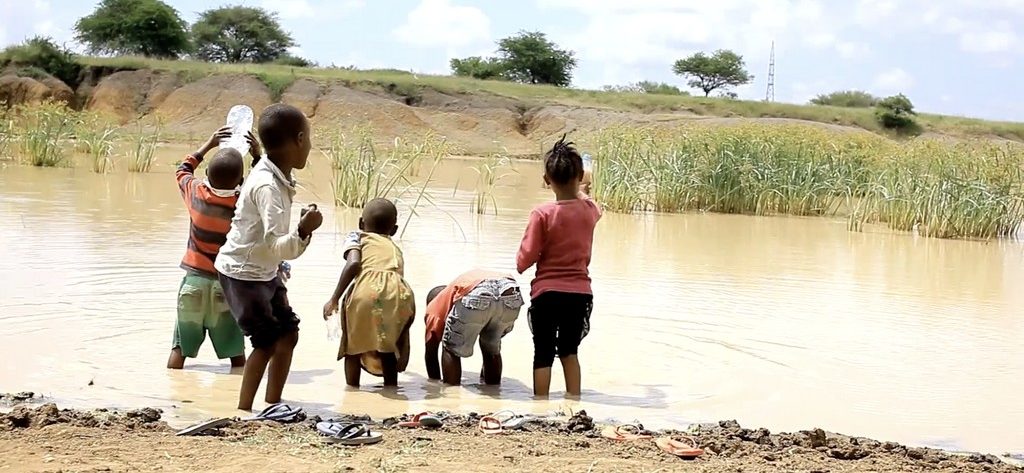
In resource-poor countries, childhood diarrhea is endemic in areas without access to clean water.
When there is no clean water, they drink any water
In resource-poor countries, childhood diarrhea is endemic in areas without access to clean water. The short film Thought of Water shows how Tanzanian children share the water in a pond with animals; a pond in which they defecate. 110 million people in the world consume surface water in rivers, streams, ponds, or lakes, and four million people (children and adults) die every year from drinking this water without any health control.
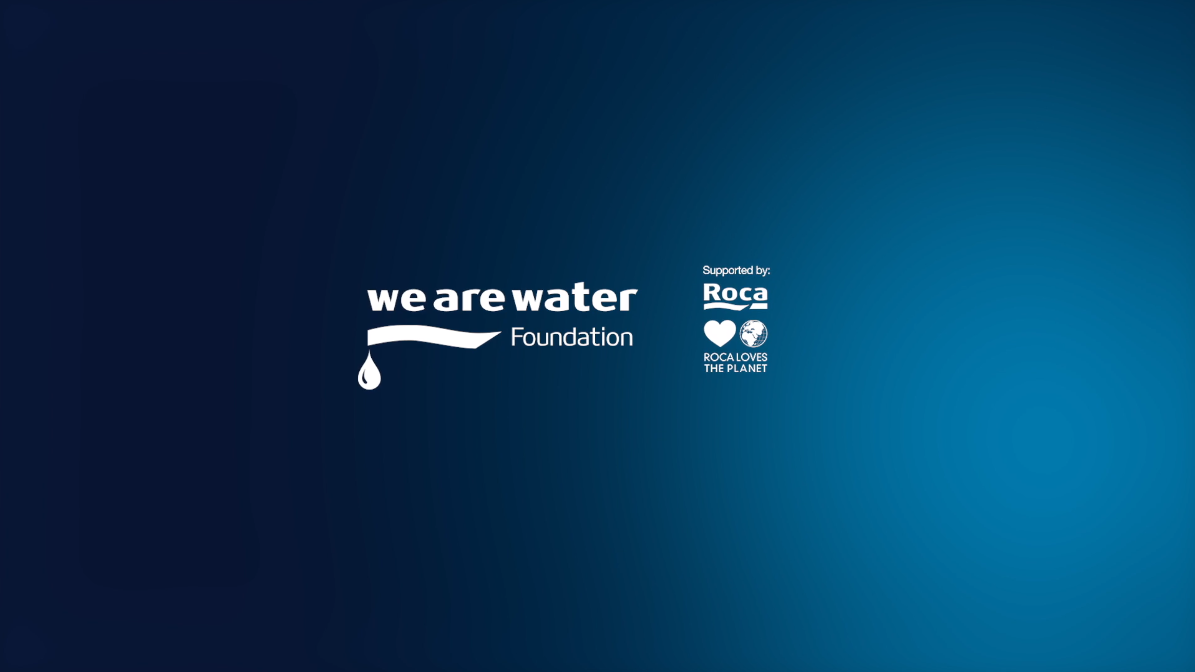
Thought of Water, by Redbird, finalist at the We Art Water Film Festival 5
The micro-documentary also points out the serious problem of the ignorance of those who drink water laden with bacteria and pollutants. “It’s not dirty water; we have put it in the bottle,” is how one of the children responds to the health worker who warns them. In many deprived areas without access to water, the lack of health and hygienic knowledge of millions of people is the reason why they are unaware that some of their daily activities contaminate the water they will drink. This is even more serious for children, and overcoming this ignorance is a priority for educational programs in water-deprived regions worldwide.
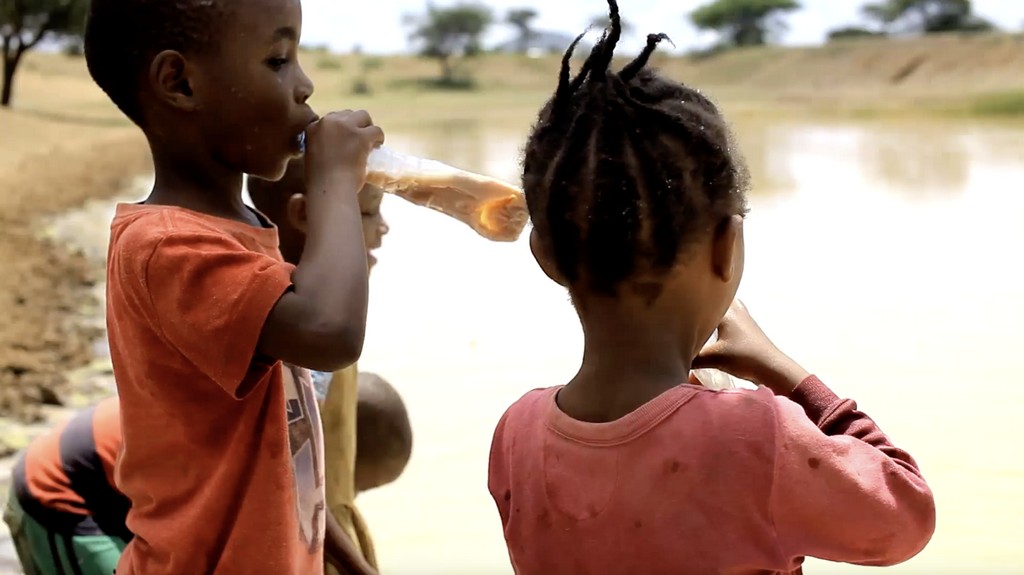
The micro-documentary also points out the serious problem of the ignorance of those who drink water laden with bacteria and pollutants. This is even more serious for children.
But how do we teach hygiene and manage access to safe drinking water when it is unavailable? Health education must evolve in parallel with the human rights set out in SDG6. And it is urgent to do it as, according to the JMP, in addition to the 110 million people who consume surface water, there are more than 367 million people in the world who drink water from unprotected springs or wells without any guarantee of healthiness.
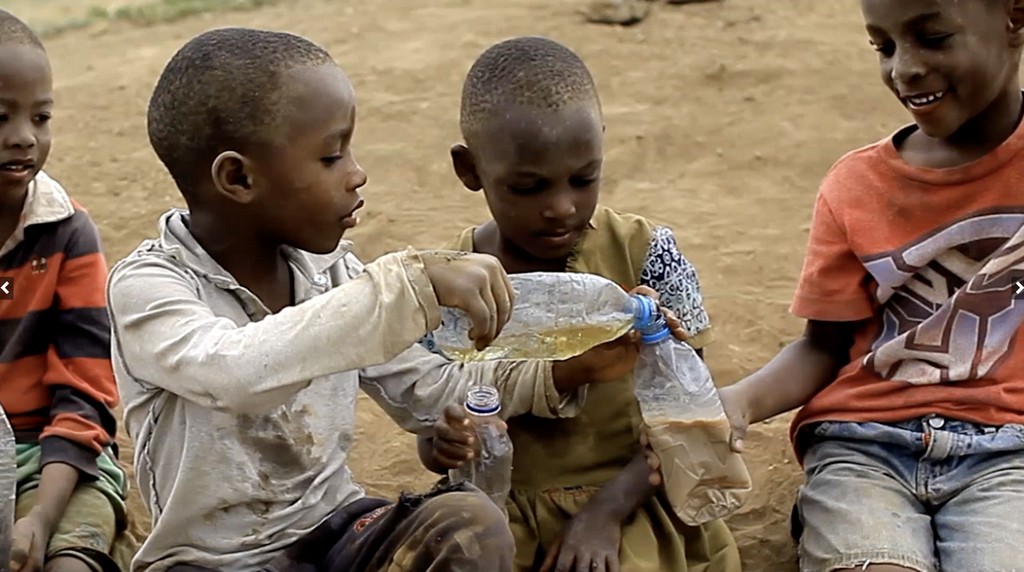
But how do we teach hygiene and manage access to safe drinking water when it is unavailable? Health education must evolve in parallel with the human rights set out in SDG6.
Lack of sanitation and hygiene, the main aggravating factor
Lack of safe sanitation is another trigger for diarrheal endemics. According to the JMP, some 616 million people worldwide use unsanitary latrines and handwashing facilities, and almost 500 million still practice open defecation. Regarding handwashing, 2.27 billion people cannot wash their hands properly at home because they lack facilities or soap and water. In other words, three out of ten people in the world find it very difficult to avoid physical contact with their feces and to wash properly.
In schools, the lack of hygiene facilities has more severe social consequences. According to the JMP, more than 462 million schoolchildren had no handwashing facilities in their schools in 2020. Schoolchildren must learn how to wash their hands and become agents for transmitting this knowledge to their homes, thus creating a culture of hygiene that is essential for escaping poverty.
These deficiencies create a highly favorable context for the transmission of diseases, especially childhood diarrhea. The WHO warns that every gram of fecal matter contains up to one trillion germs that can infect the body when contaminated objects are touched and then put in the mouth. This is the case with Escherichia coli (E. coli) and thermotolerant coliform bacteria, responsible for 9% of deaths among children under five in the most disadvantaged regions. As the WHO warns, diarrhea, which usually affects a well-nourished child in a rich country only mildly, is much more severe in the case of malnutrition and medical neglect in less well-resourced countries.
Moreover, 80% of sewage is not treated before it is discharged. This is another trigger for diarrheal diseases. According to UN-Water, 30% of water in rich countries is untreated, which rises to 62% in upper-middle-income countries and soars to 72% in lower-middle-income countries. In poor countries, 92% of all such water is untreated.
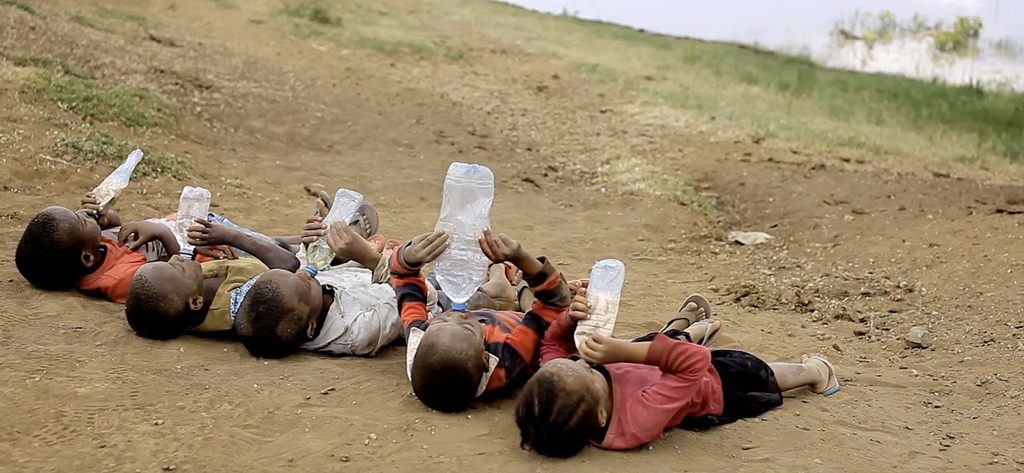
Children are the primary humanitarian foundation for the future of water, sanitation and hygiene culture.
We continue helping and moving forward
In each of our aid projects you will find how we apply solutions in the most unfavorable contexts of access to water, sanitation and hygiene. You will see the direct link between the difficulty of access to water and the lack of sanitation, which prevent any hygienic practice. In our Manual for the construction of latrines and wells, which brings together our experience in sanitation projects around the world, you will see the specifications required to ensure health in latrines. In our projects, you will discover the severity of a problem that undermines the human rights, development and dignity of millions of people worldwide.
Children are the primary humanitarian foundation for the future of water, sanitation and hygiene culture. They hold the hope of achieving the SDGs and moving beyond 2030 in the face of an uncertain future. Diarrhea must not hold them back.


